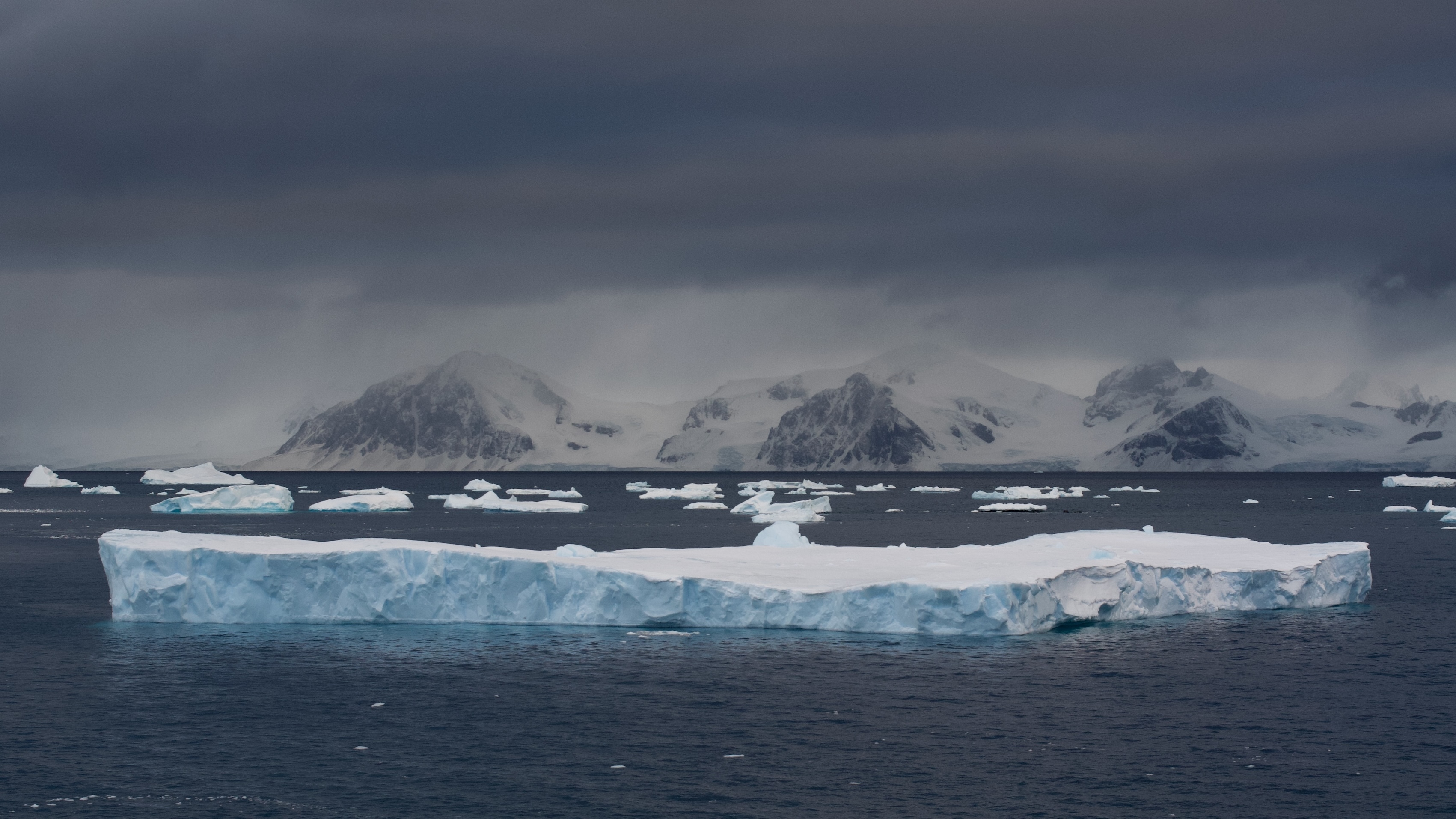About SO-SIMBA
The Southern Ocean Sea Ice Mass Balance Assessment (SO-SIMBA) is a research project led by the Norwegian Research Centre (NORCE) and funded by the European Space Agency (ESA).
Background
Antarctic sea ice is crucial for the regional climate of the Southern Ocean and has significant impacts on the global climate system. It stabilizes Antarctic ice shelves by protecting them from the open ocean. In contrast to the Arctic, Antarctic sea ice is predominantly first-year ice, with multi-year ice mostly limited to the western Weddell Sea. While Arctic sea ice has declined dramatically over the past four decades, Antarctic sea ice extent showed little change or slight growth until recently. Record-lows in Antarctic sea ice extent in 2016, 2023 and 2024 require further research, including investigating how those events are reflected in thickness changes and understanding the potential drivers and consequences. Accurate assessment of Antarctic sea ice mass, including its snow cover and snow ice, is essential for understanding freshwater fluxes, ocean circulation, and improving climate models. However, retrieving this information via satellite observations is challenging due to the complex Antarctic snowpack and sea ice dynamics, which introduce significant uncertainties in products derived from active and passive remote sensing measurements.

What we do
We aim to develop a comprehensive Antarctic sea ice reference dataset. This dataset will integrate information on thickness, volume, drift,and mass of snow and sea ice from multiple satellite missions such as Envisat, CryoSat-2, Sentinel-3, ICESat-2, SMOS and AMSR-2 as well as other missons. Additionally, data from the recent Surface Water and Ocean Topography (SWOT) mission will be used in selected test areas for calibration and validation. Advanced merging and optimal interpolation techniques will be developed to maximize data accuracy and coverage. For example, we will derive the first Antarctic snow depth product combining active and passive microwave observations, while a drift-aware algorithm will address uncertainties caused by ice motion. Additionally, snow-ice thickness and radar penetration depth (main scattering horizon) will be estimated using model simulations. The validation of those parameters will include available in-situ, airborne and mooring-based measurements in the Southern Ocean to the maximum extent possible.
These datasets will allow for studying the dynamic and rapidly changing nature of sea ice across different regions in the Southern Ocean. A key objective of SO-SIMBA is to ensure consistent uncertainty estimation across all datasets, providing robust uncertainty metrics. This consistency is critical for supporting applications, such as model evaluation and data assimilation.
We will exploit our novel data products by conducting a scientific study on the interactions between the sea ice, snow, and the underlying ocean. In particular, we will compute freshwater fluxes associated with the formation, transport, and melting of sea ice and snow. For this purpose, we will combine sea ice and snow volume estimates with an estimate of sea ice and snow divergence derived from sea ice drift data to obtain a full sea ice and snow mass balance. We will then investigate their impact on the upper ocean layer and potential consequences for the ocean circulation and ocean salinity.
Objectives
- Develop and validate novel satellite-based methods to quantify Antarctic sea ice mass balance.
- Produce and maintain a comprehensive Southern Ocean sea ice mass balance dataset derived from Earth observation.
- Assess freshwater fluxes between sea ice and the ocean and explore their implications for ocean circulation.
